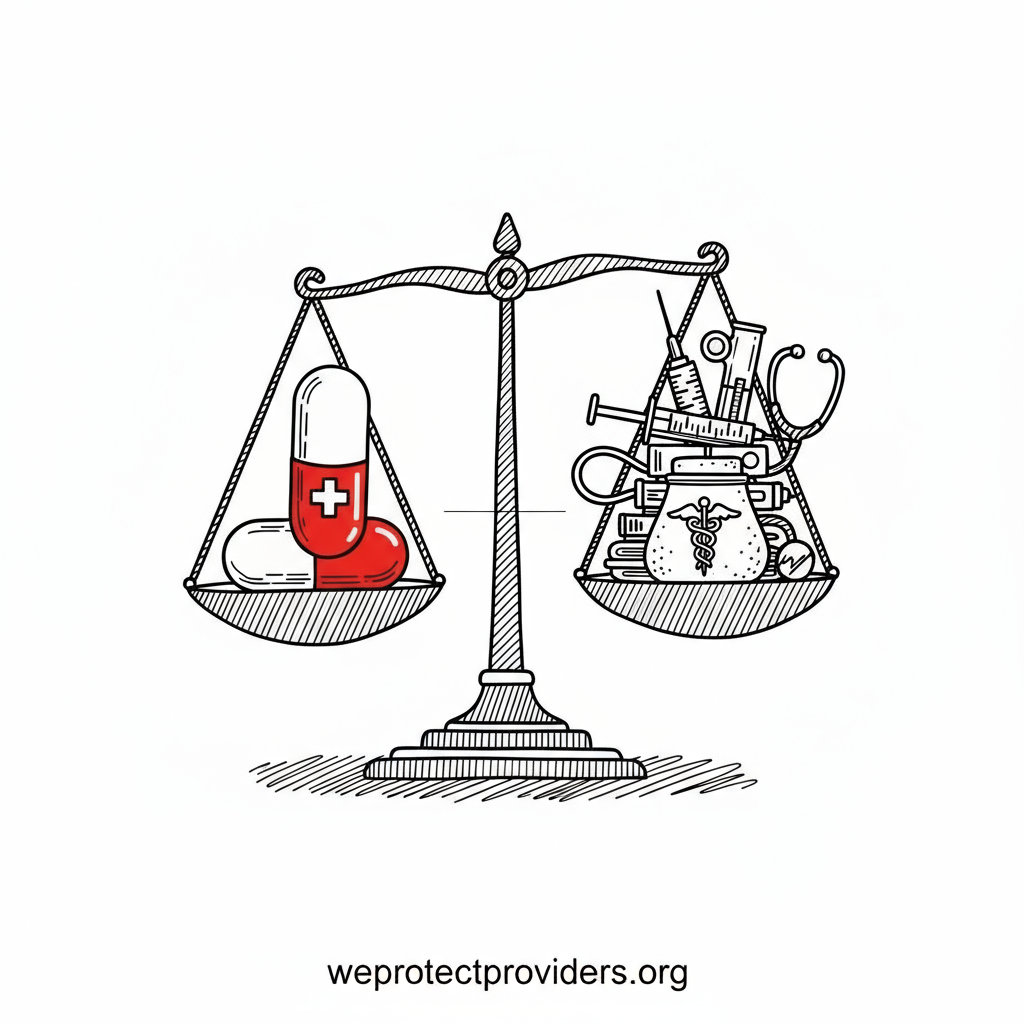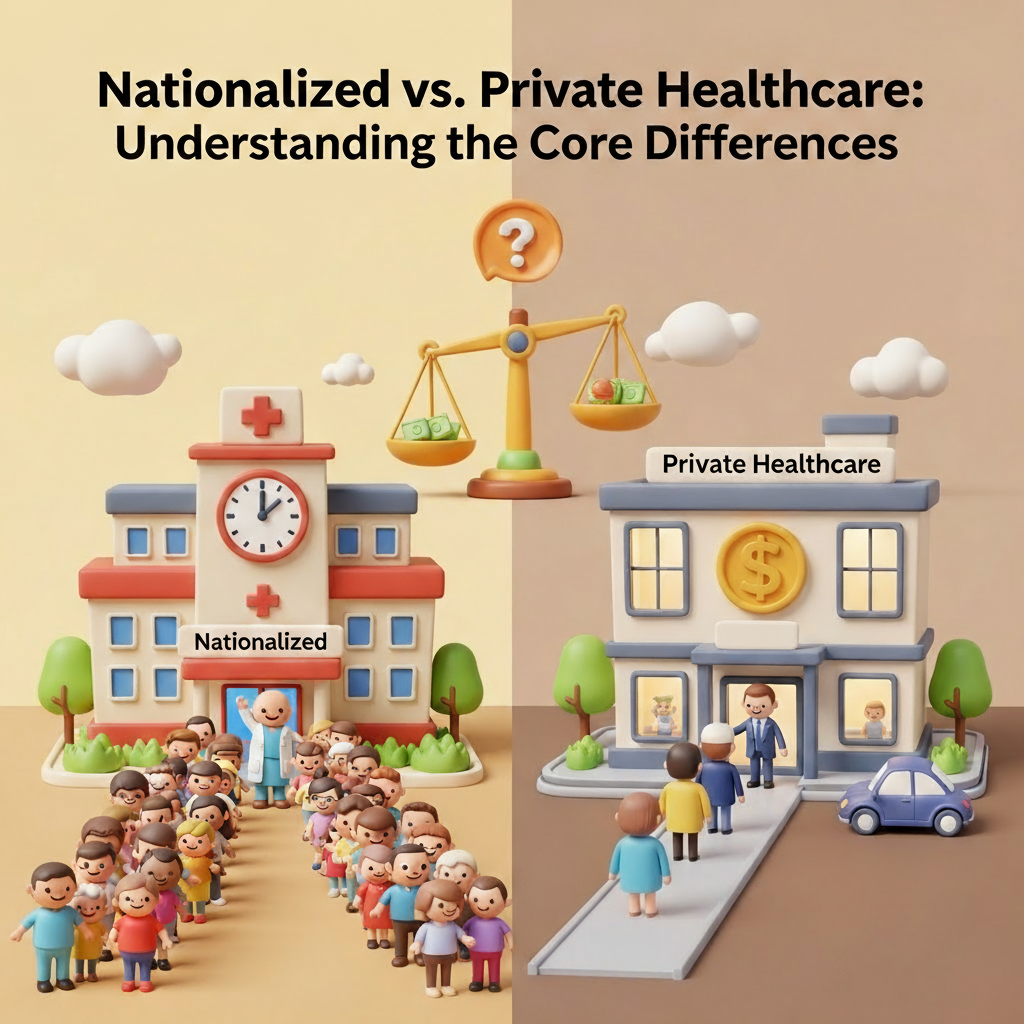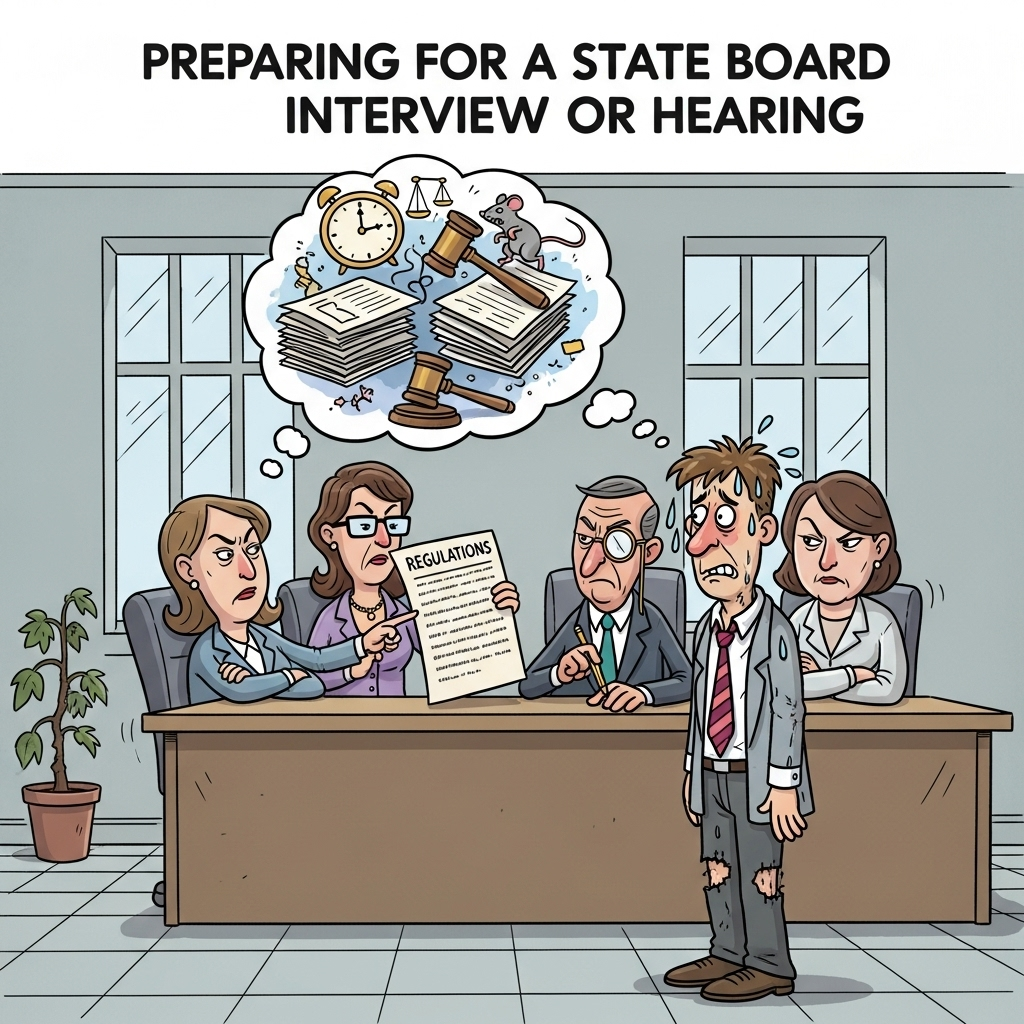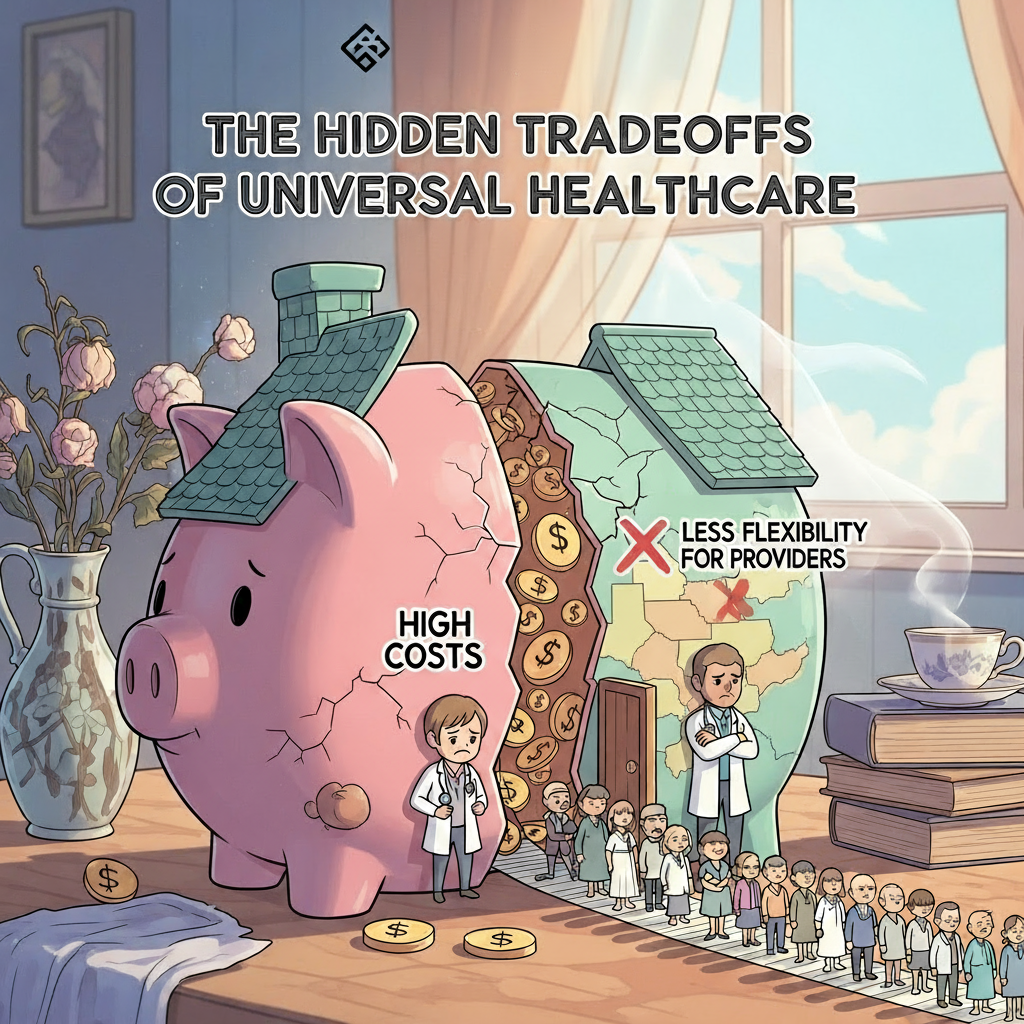
Why Controlled Substances Are Medically Necessary (When Used Correctly)
Doug Jorgensen
February 19, 2025
Introduction: The Words That Change the Room
In today’s healthcare climate, few phrases make people shift in their seat faster than “controlled substance.”
For many, the term conjures images of addiction, street drugs, and law enforcement raids.
For others—especially patients living with intractable pain, ADHD, seizure disorders, or anxiety—it means being able to function, work, and live.
Here’s the truth we don’t talk about enough:
Controlled substances are not the enemy.
Misinformed prescribing is.
When used correctly, in the right patient, for the right reason, these medications can be life-changing—and sometimes life-saving.
What “Controlled Substance” Really Means
The U.S. Drug Enforcement Administration (DEA) uses the Controlled Substances Act to classify certain drugs into five “schedules” based on:
- Their medical use
- Potential for abuse
- Risk of dependence (physical dependence and addiction are not the same)
Common Examples:
- Schedule II: Oxycodone, Morphine, Adderall
- Schedule III: Buprenorphine, Testosterone
- Schedule IV: Xanax, Valium
- Schedule V: Cough preparations with codeine
The scheduling system isn’t a scarlet letter—it’s a risk category.
It acknowledges that some medications have both powerful benefits and serious risks.
The Medical Necessity Standard
When I say a controlled substance is “medically necessary,” I mean:
The benefits to the patient—improved function, reduced symptoms, better quality of life—outweigh the risks, and those risks are managed through established protocols.
Let’s be clear:
- Not every patient should be prescribed a controlled substance.
- But for certain conditions, there is no equally effective alternative.
Examples:
- Chronic, intractable pain: Opioids may be the only option after multiple failed treatments as part of a multidisciplinary approach to individualized care..
- Severe anxiety disorders: Benzodiazepines, when monitored, can prevent panic episodes that are disabling.
- ADHD: Stimulants can dramatically improve focus, productivity, and safety (e.g., driving, work performance).
- Seizure disorders: Certain controlled anti-convulsants prevent life-threatening episodes.
The Stigma Problem
Unfortunately, the public narrative often skips over the nuance.
We’ve seen an understandable backlash to the opioid epidemic. But in the rush to prevent abuse, policymakers, insurers, and even healthcare organizations have swung the pendulum too far—treating all controlled substances as equally dangerous and all patients as potential abusers.
This stigma creates real-world consequences:
- Patients are under-treated or cut off from necessary meds.
- Providers fear prescribing, even when clinically appropriate.
- Pharmacists second-guess prescribers, creating delays and embarrassment for patients. Pharmacists are allies, but assumptions and stigma often hinder collegial relationships with prescribers.
When stigma replaces science, patients pay the price.
Risk Mitigation: The Safeguards That Make It Safe
Prescribing controlled substances responsibly means following risk mitigation protocols. These protect both patients and providers, and include:
- Prescription Monitoring Programs (PMPs) – Checking statewide databases to prevent overlapping prescriptions or diversion.
- Controlled Substance Agreements – Written agreements outlining rules and expectations for use.
- Urine Drug Screening – Ensuring the right drug is in the system and nothing harmful is present.
- Pill Counts – Random and scheduled checks to confirm medication is being used as prescribed.
- Regular Follow-Up Visits – Ongoing evaluation of benefit, side effects, and functional status.
When these safeguards are in place, the risk of misuse is dramatically reduced.
Why “Cold Turkey” Can Be Deadly
Another overlooked fact: Stopping certain controlled substances abruptly can be dangerous—even fatal.
Benzodiazepine withdrawal, for example, can cause seizures, psychosis, or death.
Stimulant withdrawal can lead to severe depression and cognitive impairment.
Even opioid withdrawal, while rarely fatal, can cause extreme physiological distress.
This is why tapering plans and medical supervision are critical when discontinuing these medications.
The Role of Genetic Testing
We now have tools—like Cytochrome P450 genetic testing—that can identify how a patient metabolizes certain drugs. This means:
- Fewer trial-and-error prescriptions
- Lower risk of side effects
- More precise dosing
Genetic testing is a one-time investment that can guide a lifetime of safer prescribing.
The Real Definition of “Addiction”
Part of the confusion stems from using the wrong words.
- Dependence is a predictable physiological adaptation to a drug. (Example: needing caffeine to avoid a headache.)
- Addiction is compulsive use despite harm, driven by changes in brain reward pathways.
- Abuse is using a drug outside its intended purpose or dosage.
- Diversion is transferring a drug to someone for whom it was not prescribed.
Understanding the difference matters—because dependence is a normal, manageable part of many legitimate treatments. Being dependent does not make one an addict. Would you ever call an insulin dependent diabetic an ‘insulin addict?’
Why We Can’t Let Fear Replace Care
If we continue treating “controlled substance” as a synonym for “bad drug,” we will:
- Push patients toward unsafe black-market alternatives
- Force suffering individuals to live without relief
- Discourage young physicians from managing complex cases
The solution isn’t prohibition—it’s precision.
That means:
- Careful patient selection via exacting diagnostics and risk assessment
- Clear documentation
- Regular monitoring
- Swift intervention if misuse is detected
Final Thoughts: The Middle Path
Controlled substances are like power tools: dangerous if misused, indispensable when applied skillfully.
They deserve respect, not reflexive rejection.
As providers, our duty is to balance compassion with caution—offering these medications when they are the best option, and supporting patients with the safeguards that make them safe.
And as a society, our responsibility is to stop painting with a broad brush. The conversation needs to be about how to prescribe responsibly, not whether we should.
About the Author
Douglas J. Jorgensen, DO, CPC, FAAO, FACOFP
Dr. Doug is a physician, regulatory consultant, and national expert in pain management compliance. He has spent decades teaching providers how to balance effective treatment with safe prescribing practices—because access and accountability should go hand in hand.


